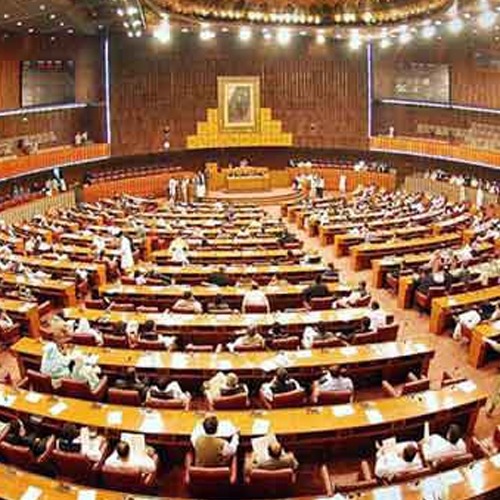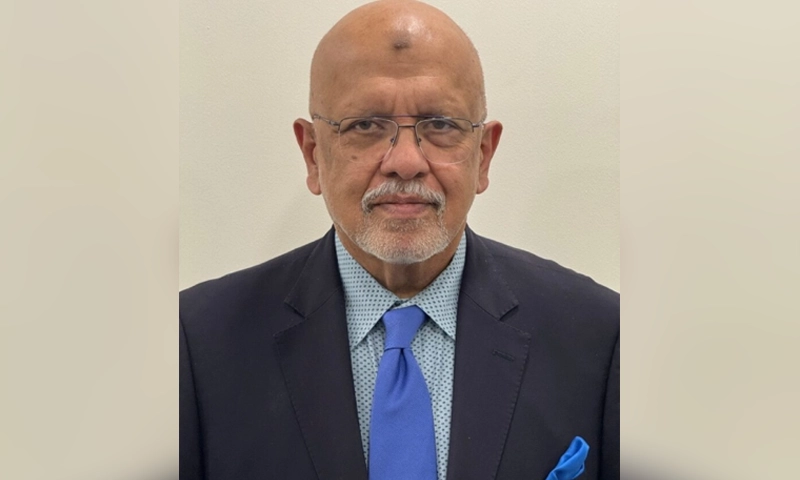- Web Desk
- 9 Hours ago
Retail sector faces challenges amid signs of economic recovery
A sharp decline in inflation, declining interest rates, and eased import restrictions have stabilised consumer market in 2024. However, Pakistan’s vast retail sector remains below normal activity levels, according to market analysts and retail leaders. Some anticipate a recovery in 2025, driven by stronger GDP growth and a major revival in construction industry after a three-years hiatus.
The erosion of household purchasing power for basic necessities like food and medicines has slowed, but the severe hardships of the past two years have significantly lowered the living standards of many families in Pakistan, curbing discretionary spending.
Some analysts contend that discretionary spending in Pakistan has disproportionately declined due to uncertainty and a collective sense of political betrayal, fostering a form of consumer depression. In contrast, optimists engaged in market research challenge this view, citing unverifiable turnover figures from major brands during the year. They argue that the market adapted by leveraging rebate plans and instalment payment options through online banking and non-banking platforms. These incentives have encouraged middle and upper-middle-class consumers to extend their budgets for consumer items, including apparel, beauty products, confectionaries and dining out at restaurants.
“Even if we accept the notion of widespread depression, many find shopping therapeutic, with window shopping in secure malls often serving as a popular way to lift one’s mood”, a researcher observed.
The retail sector, with its vast scale, broader base across all social classes and substantial impact, serves as a powerful indicator of Pakistan’s economic health, often providing a more accurate reflection than the capital, currency, or property markets.
Wholesale and retail trade accounted for 17.7 per cent of Pakistan’s GDP in FY24, representing 30.8 per cent of the service sector, which makes 58 per cent of the economy. According to the latest Pakistan Economic Survey, the sector grew by 0.4 per cent in FY24, recovering from 4.4 per cent contraction in FY23.
Inflation touched record level of 38 per cent in May 2023 and remained very high for the most part. It started receding at a slower pace initially and more rapidly only in the recent months to current around 5pc in November 2024.
In a coordinated policy response to surging inflation, the central bank hiked the interest rate to 22 per cent in June 2023. As inflation eased, the rate was gradually reduced, reaching 13pc on December 17, 2024.
“The easing of restrictions improved the supply of imported products in the market. However, stagnant wages, eroding purchasing power and high unemployment and underemployment hindered growth in Pakistan’s retail sector”, remarked a market leader from Karachi Saddar area.
Muhammad Ahmed Shamsi, another community leader, emphasized that the revival of the retail and wholesale markets is closely linked to the overall well-being of ordinary Pakistanis. “The key point of this argument is that people, here or anywhere, will only spend when they can afford to do so,” he stated. He urged policymakers to lower interest rates to single digits, adding, “Traders, like everyone else, seek growth-oriented policies that provide support.”
Mehr Illahi, leader of Peshawar Chamber of Small Traders Association, with members with turnover ranging between Rs0.2 to 20 million, also blamed the depleting purchasing power of citizens for dullness in markets. “In this province we were not short of supply in products in demand at any point even when imports were restricted. Yes, prices increased moderately but our members observed significant drop in footfall in markets over the period under discussion. The situation is still hard for small traders in KP”, he noted.
Naeem Mir, Chairman, All Pakistan Anjuman-e-Tajiran in Lahore, linked market behaviour to the country’s GDP growth. “Stabilization policies under the IMF watch lead to a contraction in economic activity, which also affects the markets. Given that much of Pakistan’s manufacturing relies on imported raw material, the restrictions on imports have had a negative impact”, he explained. He added that with the easing of import restrictions, industrial activity is expected to rebound, bringing positive employment effects. Mir expressed optimism about the anticipated construction package in the first half of 2025, noting, “People are holding off on their investment plans, waiting for further interest rate cuts and incentive packages before moving forward with their business expansion plans”.
Yousuf Jamshed, a market analyst with a keen eye on emerging trends, highlighted the quite transformation underway in the retail sector of Pakistan. “While there are exceptions, we’re seeing numerous new brands entering Pakistan and retail chains expanding their operations by opening new outlets. If the market were as bleak as some suggest, why would foreign brands consider Pakistan their next destination in South Asia”, he argued.
“I know several individuals actively planning to strengthen their presence in the country, which boasts a large and highly dynamic middle class eager to embrace new technology to enhance their shopping experience” he added.





